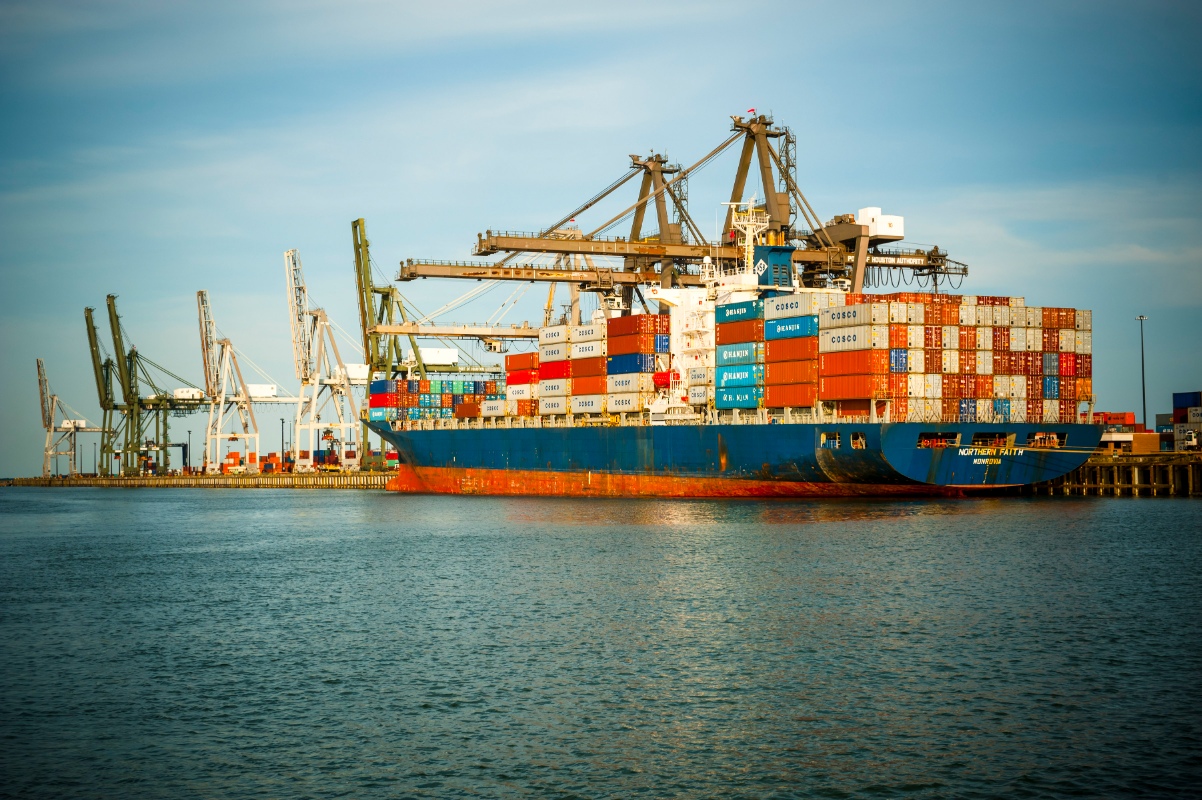Jankowski: Strengthening U.S. Economy Bodes Well for Houston
Published Apr 08, 2022 by A.J. Mistretta
Despite issues including inflation and the Russia-Ukraine war weighing on consumer sentiment, the U.S. economy continues to move in a positive direction as does the local economy, according to Partnership Senior Vice President of Research Patrick Jankowski.
Jankowski delivered an update as part of the organization’s digital Economy Series on April 6. He outlined several indicators of strong momentum as well as issues to monitor as we move into the second quarter of 2022.
- The U.S. GDP grew just under 7% in Q4. Jankowski said this is perhaps the strongest GDP growth the nation has experienced in recent history and an indicator of continued growth.
- New orders for manufactured goods and private domestic investment are both at their highest levels in more than four years.
- The March national jobs report shows the country is creating jobs at twice the 10-year average. Employment is currently just 87,000 jobs shy of where it stood pre-pandemic.
- Initial jobless claims are at their lowest level since 1969 and the unemployment rate stands at 3.6% making the labor market extremely tight.
U.S. growth is a good sign for Houston, which tends to follow the direction of the national economy, Jankowski said. Nevertheless, recent surveys indicate consumers concerned about inflation and rising gas prices are rethinking their spending plans. A number of factors are contributing to the 7.9% spike in inflation over the last year, including consumer demand and supply-chain bottlenecks. The automotive sector has been hit particularly hard by supply chain woes leading to mounting backorders and a slowdown in sales.
On the housing front, a drop in active listings has led to a decline in overall inventory and price spikes. That means those on the selling side are likely to get a good price for their home but will have difficulty finding the next one. The situation is also prompting more people to stay in apartments rather than looking to buy.
“Consumer confidence has dropped a bit but it’s still higher than it was over the last decade,” Jankowski said. While some are concerned about the Federal Reserve inciting a recession by raising interest rates too high or too fast, Jankowski said he does not see a recession in the U.S. or Houston happening this year.
On the local front, Houston now ranks 8th among the nation’s largest metros when it comes to post-pandemic economic recovery—an improvement over last year. Construction contracts are up so far this year compared with 2021 and initial claims for unemployment are back to pre-pandemic levels—all signs of growth.
See more economic indicators and other data from the Partnership, including the Houston Economy at a Glance report.
 The Houston Report
The Houston Report




















